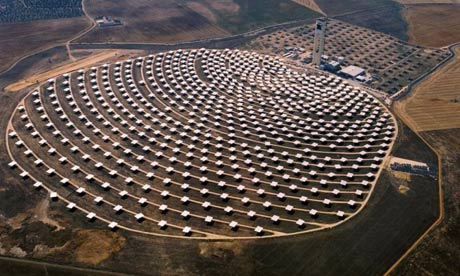In Europe the electricity used is 220 Volts 50 Hertz. You should know this so you know what type of adapters to get for your electronics.
You need to know Europes electricity supply and how to use your adapters safely during your trip. Please be sure to be cautious in your journey and make sure you learn how to convert your electronic devices safely. As may be a the case with the differences in languages, the currencies and different ways of life, the electric sockets differ from one European country to another. They're all pretty different so make sure you understand this when making your travels plans and purchasing different types of adapters.




